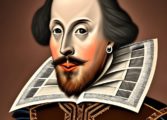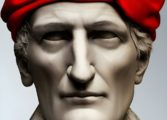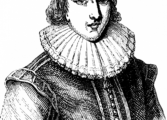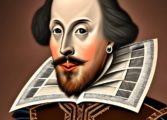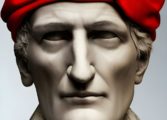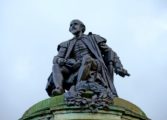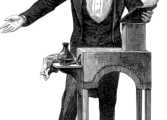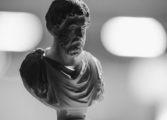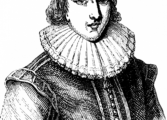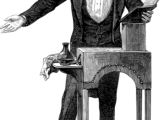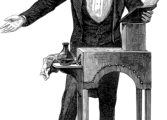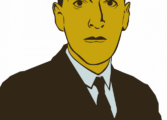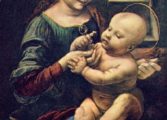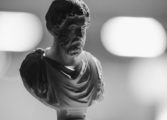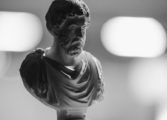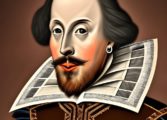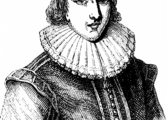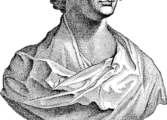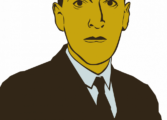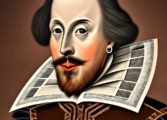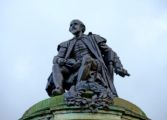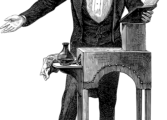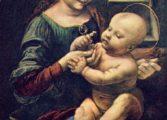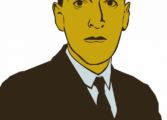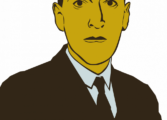Ernest Hemingway Books: A Deep Dive into the Works of a Literary Icon

Introduction
Ernest Hemingway, a name that evokes images of adventure, courage, and profound storytelling, is one of the most celebrated authors in literary history. His works have captivated readers for generations with their raw emotions, stark prose, and vivid depictions of human experiences. In this comprehensive article, we will explore the world of Ernest Hemingway books, diving deep into his life, his significant works, and their historical impact. Whether you are a seasoned fan or new to his writings, this article will provide valuable insights into the literary genius of Ernest Hemingway.
1.
Understanding Ernest Hemingway Books

– Hemingway’s writing style
: Known for his concise and minimalist prose, Hemingway employed a unique writing style characterized by short sentences, vivid imagery, and a focus on the essential details. This style, often referred to as the “Iceberg Theory,” allows readers to infer the underlying emotions and meanings beneath the surface.
– Themes in Hemingway’s works
: Hemingway’s books revolve around universal themes such as love, war, loss, masculinity, and the complexities of human relationships. His protagonists often face intense physical and emotional challenges, forcing them to confront their inner demons and make difficult choices.
– Notable Hemingway characters
: From the stoic and disillusioned World War I veteran Jake Barnes in “The Sun Also Rises” to the resilient fisherman Santiago in “The Old Man and the Sea,” Hemingway created an array of memorable characters who embody courage, integrity, and resilience in the face of adversity.
2.
A Historical Journey through Hemingway’s Books
– Early works and influences
: Hemingway’s literary journey began in the 1920s with the publication of his first significant works, including “The Sun Also Rises” and “A Farewell to Arms.” Influenced by his experiences as an ambulance driver during World War I and his time in Paris, these novels showcased his distinctive style and garnered critical acclaim.
– The Lost Generation
: Hemingway was a prominent figure of the “Lost Generation,” a term coined by Gertrude Stein to describe American expatriate writers who lived in post-war Paris. Hemingway’s books captured the disillusionment and aimlessness prevalent in society during that era.
– Spanish Civil War and beyond
: Hemingway’s involvement in the Spanish Civil War inspired his novel “For Whom the Bell Tolls,” a powerful exploration of courage, sacrifice, and the human cost of war. This significant work further solidified his position as a literary icon.
– Later works and Nobel Prize
: In the later stages of his career, Hemingway continued to produce notable works such as “The Old Man and the Sea,” which earned him the Pulitzer Prize and the Nobel Prize in Literature in 1954. This novella encapsulates Hemingway’s ability to evoke profound emotions through simple yet powerful storytelling.
3. Featured snippet-optimized structure
Understanding Ernest Hemingway Books
– Hemingway’s writing style
– Themes in Hemingway’s works
– Notable Hemingway characters
A Historical Journey through Hemingway’s Books
– Early works and influences
– The Lost Generation
– Spanish Civil War and beyond
– Later works and Nobel Prize
Conclusion
Ernest Hemingway’s books continue to enchant readers with their timeless themes and evocative storytelling. From the historical backdrop of war to the depths of human emotions, Hemingway masterfully crafted narratives that resonate with audiences across generations. This article has provided a comprehensive overview of Ernest Hemingway’s books, highlighting their significance in the literary world. Whether you are a fan of classic literature or interested in exploring the complexities of the human condition, immersing yourself in the works of Ernest Hemingway is a journey worth undertaking.






